Zinc, Silver, and Lead Mine
The Company has an experienced Leadership team along with an established site infrastructure and is dedicated to responsible mining in the communities in which it operates.
Learn More Watch Video
The Prairie Creek Project is located in traditional Dene territory in Canada’s Northwest Territories. The Prairie Creek Project consists of the Mine and surrounding land and access.
The 2021 Mineral Resource Estimate for the Prairie Creek Project includes 9.8 M tonnes of total Measured & Indicated (“M&I”) Resources at 22.7% ZnEq and 6.4 M tonnes of total Inferred Resources at 24.1% ZnEq.
Based on the results of the 2021 Preliminary Economic Assessment, Prairie Creek will have a 20-year mine based on a throughout rate of 2,400 tonnes per day with average annual payable zinc equivalent production of 261 million pounds.
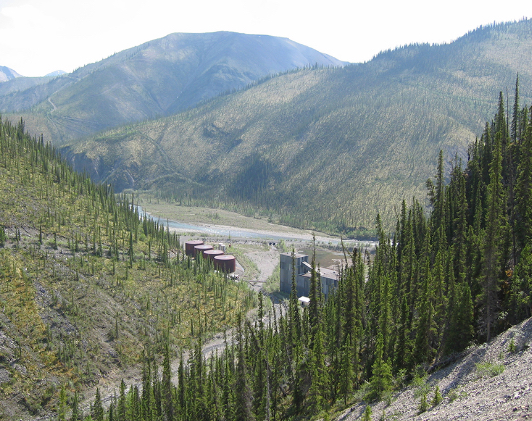
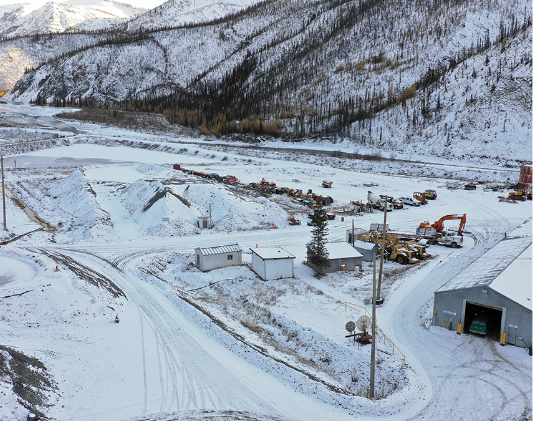
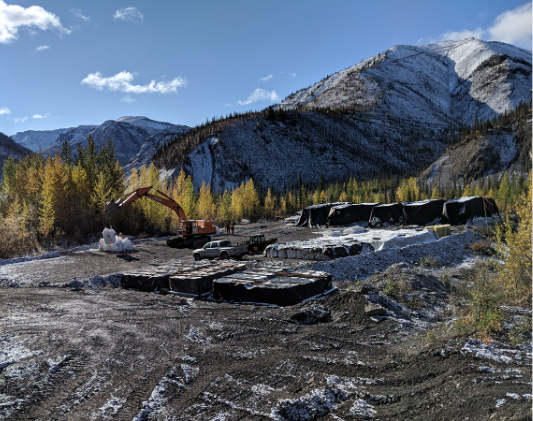
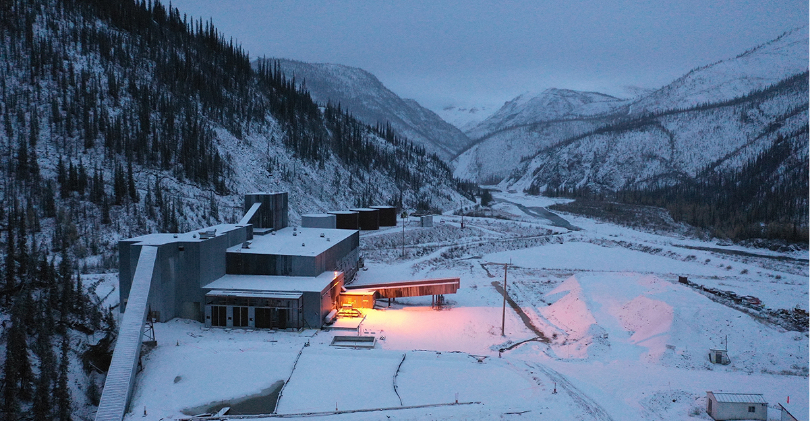
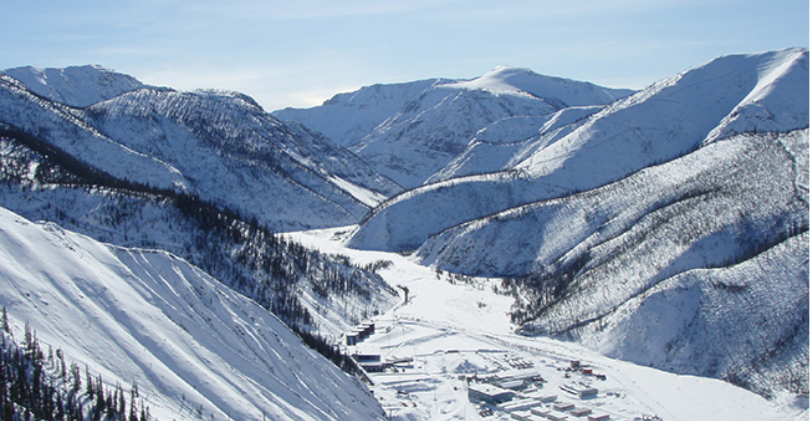

About NorZinc
NorZinc Ltd. is a premium mine developer specializing in high-grade silver, zinc, and lead. The Company has an experienced Management team and Board along with an established site infrastructure. NorZinc is currently developing the Prairie Creek Mine, a project with a long mine-life and significant expansion potential.
It is headquartered in Vancouver, BC and listed on the Toronto Stock Exchange under the symbol “NZC“, in the United States on the OTCQB under the symbol “NORZF” and in Germany on the Frankfurt under the symbol “SRS“.
Silver
Silver, the white metal, has a renowned reputation for its use in jewelry and coins, but today, silver’s primary use is industrial. Whether in cell phones or solar panels, new innovations are constantly emerging to take advantage of silver’s unique properties.
As it is more abundant, silver is far less expensive than gold. Additionally, an be ground into powder, turned into paste, shaved into flakes, converted into a salt, alloyed with other metals, flattened into printable sheets, drawn into wires, suspended as a colloid, or even employed as a catalyst. These qualities ensure that silver will continue to flourish as an industrial component while also retaining its status as a wealth symbol.
56%
Used for Industrial
Fabrication
27K
Tonnes produced
in 2018
4%
Increase in
demand in 2018
26%
Used for Jewelry and Silverware
11th
Canada’s rank in world production
Why Zinc
Zinc is the fourth most consumed metal in the world after iron, aluminum and copper.
The primary use of zinc is in galvanizing, which protects iron and steel from rusting. Zinc can also be alloyed with other metals and used for die casting into shapes such as door handles, alloyed with copper to make brass, and alloyed with copper and tin to make bronze. Zinc can also be added to fertilizers to increase crop yields, made into zinc oxide (an ingredient in skin cream), and used in the manufacture of tires. In addition to its many applications, zinc is also an essential nutrient in the body.
Zinc pricing is expected to remain strong as there is a deficit in the supply and demand should continue to grow steadily.
4th
Most consumed metal in the world
13.7
Million tonnes consumed in 2018
25%
Sourced from recycling
7th*
Largest reserves of Zinc-Lead in the world
3rd*
Highest-grade Zinc in the world
* Global ranking of Prairie Creek Mine reserves.
Lead
Lead is a soft, malleable, ductile, dense metallic element, extracted primarily from the mineral galena and found in ore that also contains zinc, silver and copper. The chemical properties of lead allow this element to be used mainly in power storage and delivery applications.
The primary use of lead is in lead-acid batteries for motor vehicles. Lead acid batteries are the mainstay of storage technologies for renewable energy sources, such as solar cell and wind turbines and are used to power cars, trucks, buses, motorbikes, electric vehicles and hybrid vehicles. Furthermore, lead acid batteries are vital as a back-up emergency power supply in case of mains power failure in hospitals, telephone exchanges, mobile phone networks, public buildings and for the emergency services.
95%
Lead in batteries is recovered & recycled
11
Million tonnes produced in 2018
80%
Used for batteries in motor vehicles
7th
Largest reserves of Zinc-Lead in the world
3rd
Highest-grade Zinc-Lead in the world
The Prairie Creek Mine (the Mine) is located in traditional Dene territory in Canada’s Northwest Territories. A Feasibility Study was completed on the Mine in September 2017 with robust economics. The Prairie Creek Project consists of the Mine and surrounding land and access.
Based on the reserves of the 2017 Feasibility Study, Prairie Creek will have a 15-year mine life with average annual metal contained in concentrate of 105 million lbs. lead, 95 million lbs zinc and 2.1 million oz. silver for the first 10 years, and average annual EBITDA of $110 million over the same period.
In addition to the 8 million tonnes of reserves extending over a strike length of 1.2 km and 400m vertically, the project has 7 million tonnes of inferred resources extending over a total strike length of 1.2 kilometres with potential to extend the mine life significantly beyond 15 years.
Read the latest news
from the industry




